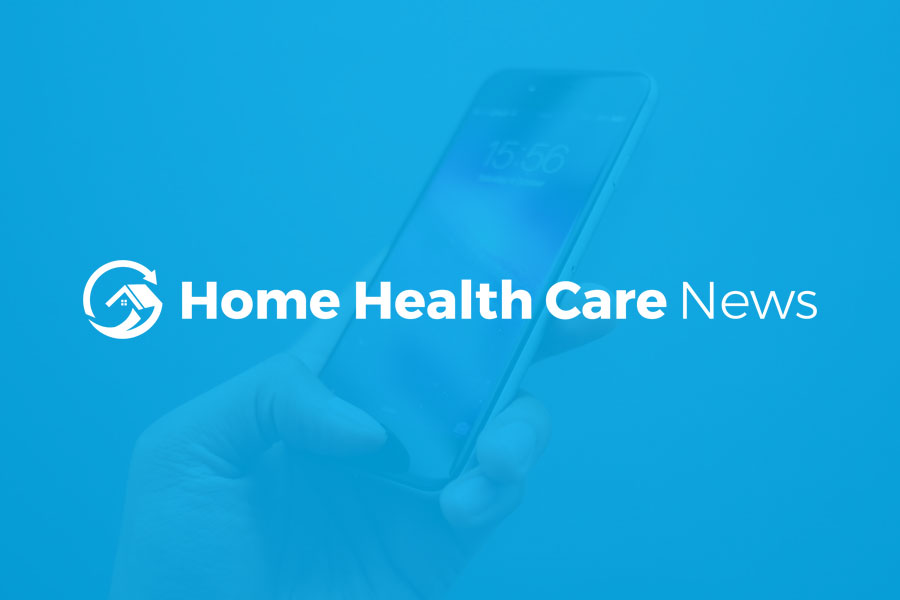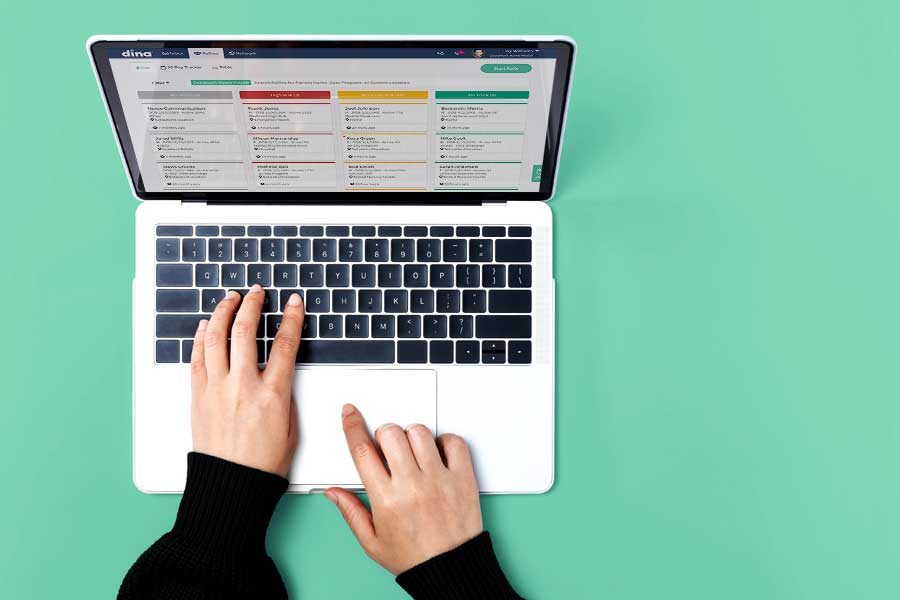
Bayada Home Health Care has launched a new suite of digital services to augment its partnerships with hospitals and health systems.
Among many other things, the company believes that the new digital services will be a differentiator for it in the marketplace and also enable it to not just collect data, but also do something discernible with it.
“We see this as the development of a long-term set of core capabilities that become interwoven with how we deliver services, how we build relationships with our partners and how we infuse all the above with digitally-enabled experiences,” Bayada CEO David Baiada told Home Health Care News.
Positioning Home as the Primary Care Setting
The AI-powered digital care coordination company Dina, already a partner of Bayada’s, will be the platform that leads the technological innovation in this new project.
“If you think about the home as being the next frontier, and there is this overwhelming demand, you then have to think of all of the challenges in the market around recruiting, staffing and quality,” Dina CEO and President Ashish V. Shah told HHCN. “I think [Bayada] recognizes that technology and digital thinking is really going to play a centerpiece in making sure that their business really continues to scale.”
The new tech-enabled services will “streamline” the transitions of care experience for patients moving from hospital to home, Bayada said in a press release.
Additionally, it will create virtual care teams across provider networks; allow innovation for new care-at-home delivery models, positioning the home as the primary setting of care; and address social determinants of health (SDOH) on a higher and more wide-ranging scale.
Dina technology will be used to create virtual care teams across provider networks, allow innovation for new care-at-home delivery models, and address SDOH needs on a wide-ranging scale.
In a clinical trial with a cohort of complex patients, patient hospitalization emergency rates were reduced by 42% and 30%, respectively. Additionally, the progression of patients moving from their homes into facility-based nursing care has also slowed, according to the company.
“I think more than ever, and faster than I anticipated, health systems are thinking way more strategically about how they create better transitional care experiences,” Baiada said. “And these digital platform capabilities give them a set of building blocks to improve the way transitional care works, the way it gets managed and the way information gets exchanged across post-acute settings.”
“I think it’s something that every hospital C-suite is trying to solve,” he added.
Collecting Actionable Data From the Home
Having data capabilities is paramount in today’s environment, and many providers in home-based care that lack in that area are quickly trying to gain ground.

But all the data in the world is relatively meaningless if it’s not applied strategically and thoughtfully, or if it gets cut off between, say, a hospital system and a home health agency.
“Maybe the most exciting part of the entire relationship is exactly that – what we’re going to be able to do with the data,” Shah said.
Shah shared that when his own father passed away, there were warnings signs that the caregivers noticed. But those warnings signs were not appropriately utilized. The caregivers themselves did not have the mechanisms to share that information.
“[Bayada] found a way to not only capture these really incredible insights around health equity challenges and social determinants of health, but then also to share those insights back with their health plan and health system partners in a way that ultimately helps people stay healthy at home, which I think is everyone’s goal,” Shah said.
In the future, Shah also believes that there may be some standardization in the industry around data and data sharing. But waiting for that, he thinks, would be a mistake.
“With a presence in the home, we’ve always been a collector of data,” Baiada said. “We have a nurse or a clinician in the home collecting information and observing all the time … Now, it’s what you do with it. That, I think, is where the opportunity has emerged.”
This story originally appeared in Home Health Care News.





